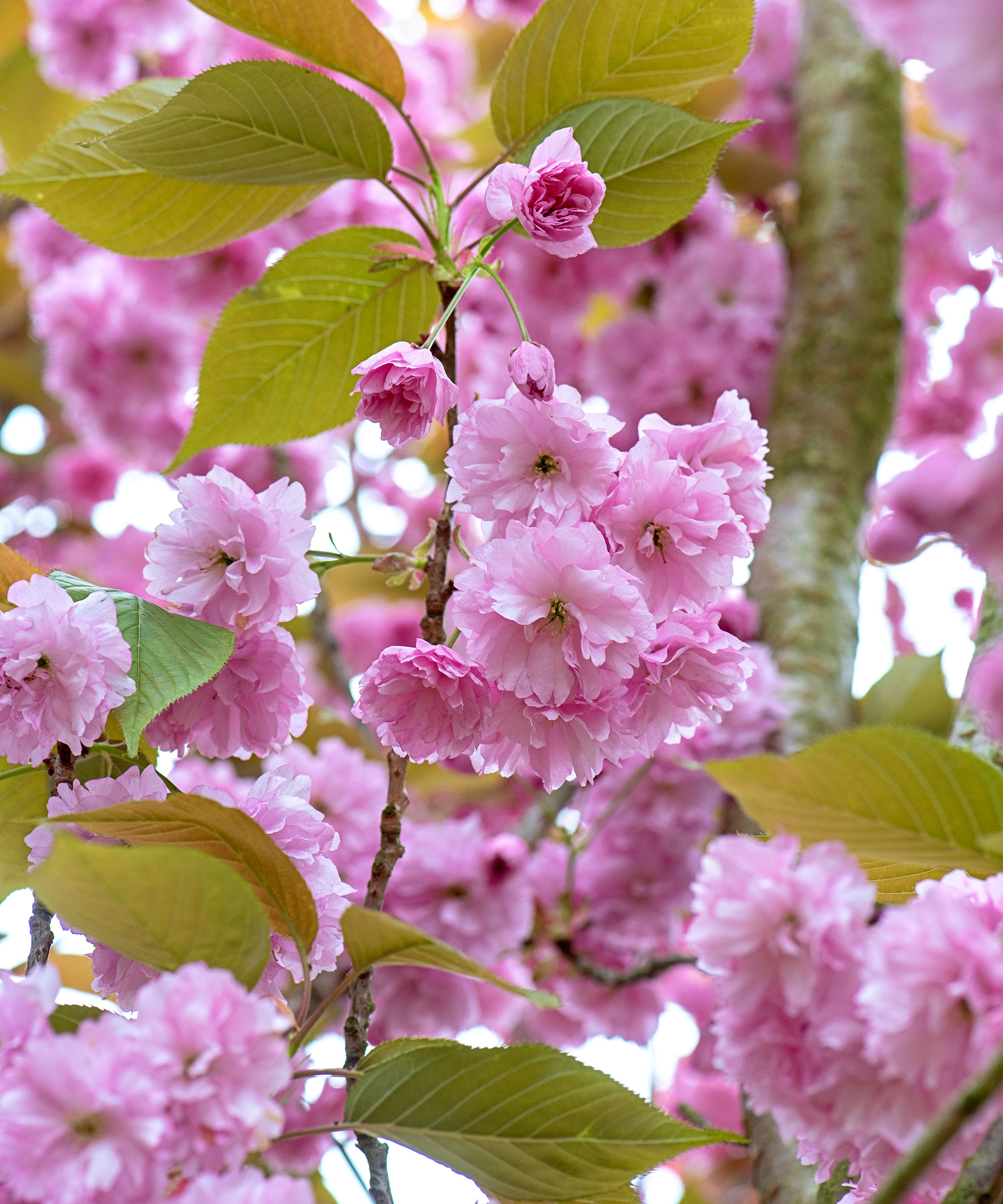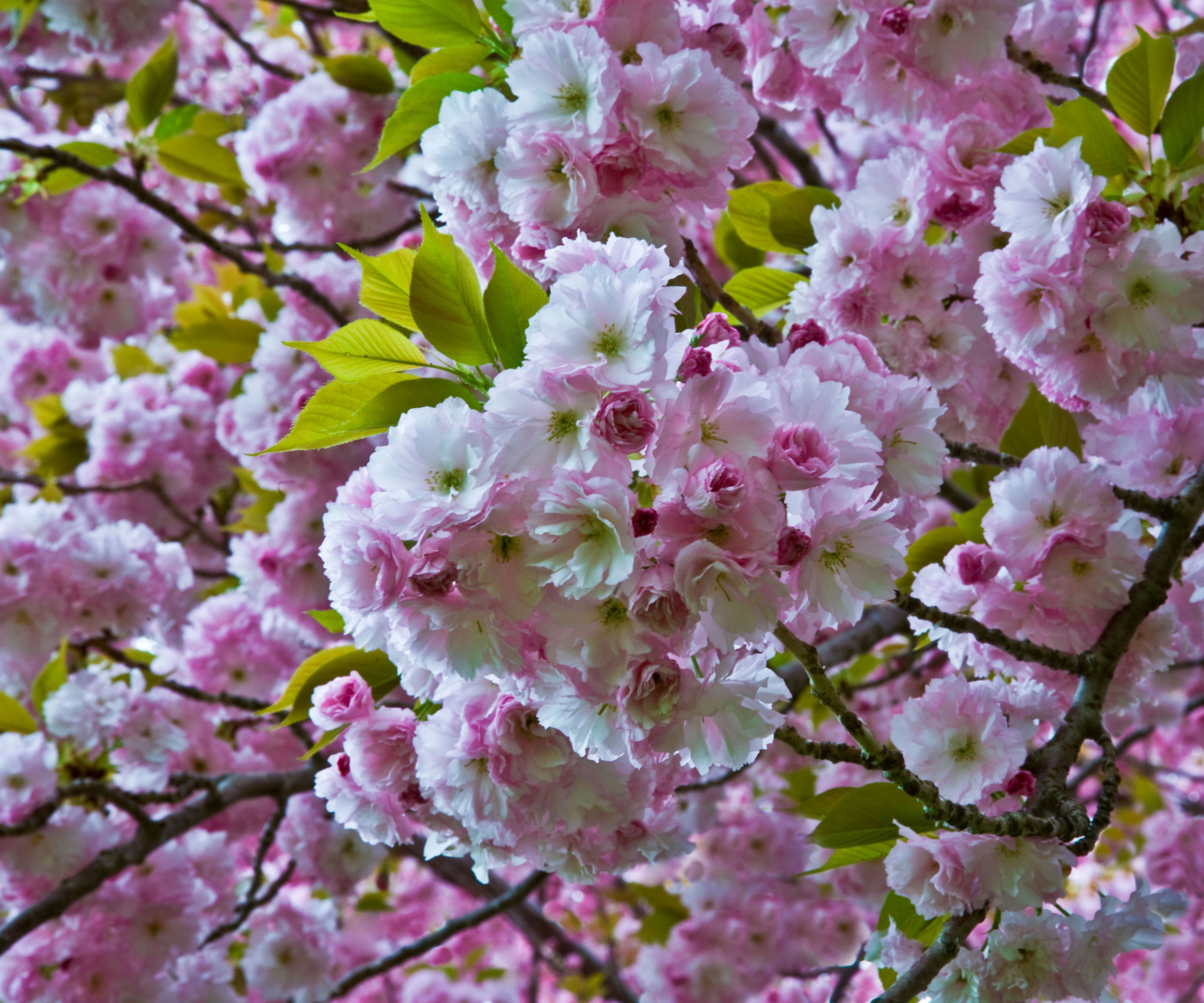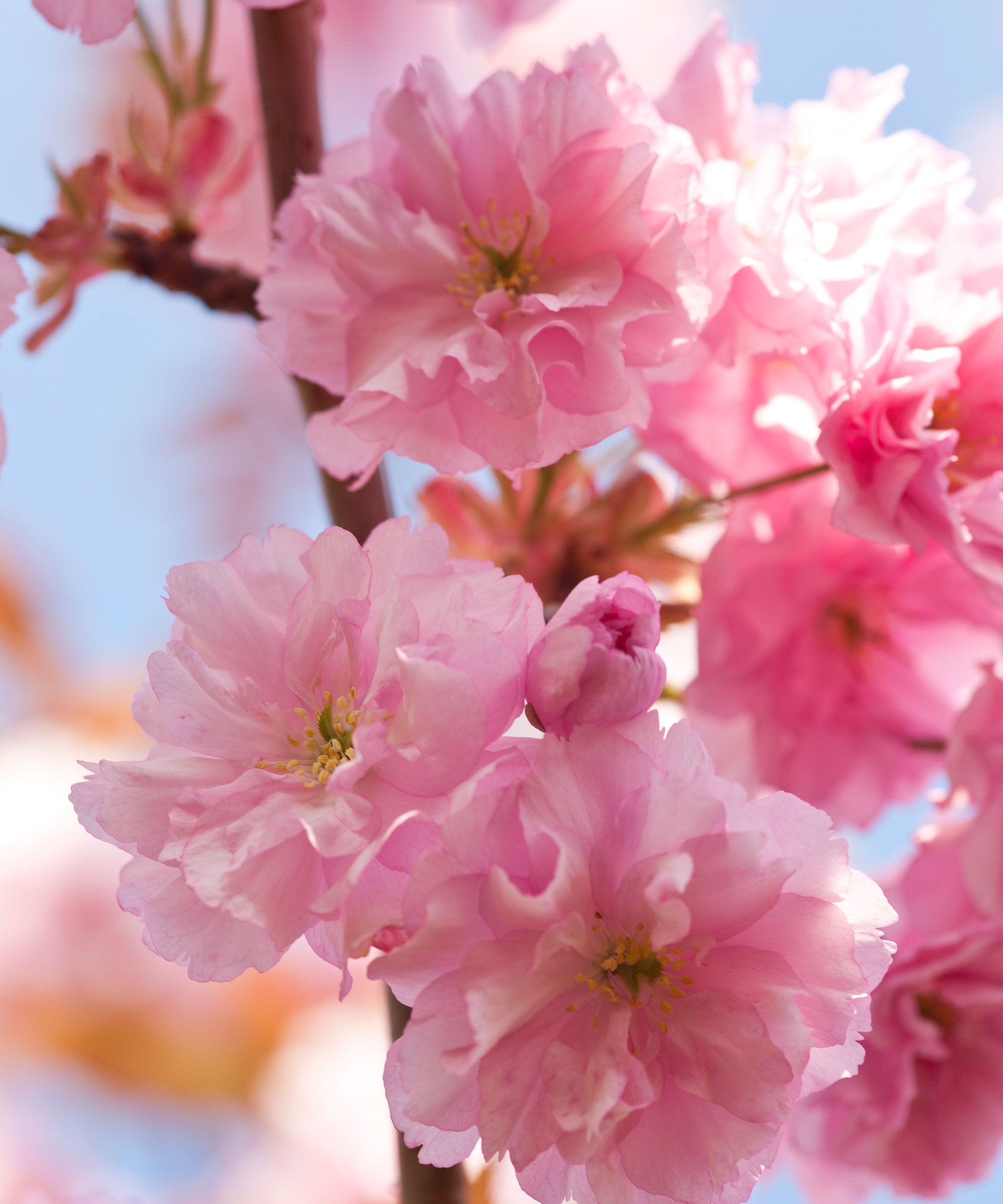
While they can grow to impressive sizes when planted in the ground, you don’t need a large backyard to enjoy pink and white cherry blossom. Many different cherry tree varieties can thrive in pots, bringing color to even the smallest spaces, including patios, terraces and balconies.
Cherry trees typically bloom in early spring, and this fleeting moment is celebrated worldwide, although nowhere more so than in Japan, where the traditional custom of enjoying the transient flowers (or Hanami) is an important time of the year for families and friends to gather.
So, if you want to add some color to your spring garden, why not learn how to grow flowering cherry trees in pots? With the right flowering cherry tree care, you can create your own blossom display that will impress and delight every year. Here, one garden expert reveals all you need to know about container culture, while also sharing some of the best compact varieties to plant.

How to grow flowering cherry trees in pots
There are over a hundred different varieties of flowering cherry trees that are found growing worldwide. Most are fully winter hardy, including the Japanese cherry tree, or Prunus serrulata, which grows best from US hardiness zone 5.
Cherry trees require a period of cold weather during winter to bloom, and it is the change in temperature during spring that signals to the plant that it is time to flower.
Growing advice for flowering cherry trees in pots

'Growing cherry trees in containers is absolutely possible,' says Alex Kantor, owner of Perfect Plants Nursery, 'so long as certain conditions are met, these flowering trees will thrive in your yard.
It is worth investing in a large pot that measures around 15 to 20 inches in diameter to give your new tree plenty of room to grow. Selecting a big container will encourage your cherry tree to produce a good, strong root network. It is sensible to move your pot to the right situation before filling it with drainage material and good quality potting mix, available from Amazon, so take time to find the right spot in your yard.
'In general, cherry trees require full sun, so place your container in a location that receives at least six to eight hours of sunlight daily,' Alex says. 'This will help improve blooming during the springtime.'
In terms of how to plant cherry trees, this is best done either in fall or spring during mild spells and avoiding any temperature extremes. Younger, smaller trees may need some protection if the weather dips, but in general, flowering cherry trees are fully winter-hardy.
'Cherry trees prefer consistent moisture, so ensure that the soil is neither too dry nor water-heavy,' Alex adds. Complete some deep watering to help the plant establish, but following this, you should only need to water the container when the top inch of soil feels dry to the touch.
'To promote better blooming, you can use a slow-release fertilizer, available from Perfect Plants. Apply a small handful in spring for the best results.'
Cherry tree varieties to grow in pots

'Flowering cherry trees are some of the best trees to grow in pots, but some varieties are better suited for container growth than others,' Alex says.
'Many people enjoy weeping cherry trees, which add an elegant touch to backyards,' Alex says. Try this weeping Yoshino Cherry Tree, Prunus x yedoensis pendula, with live plants available from Perfect Plants Nursery.
There are also plenty of dwarf or compact varieties that are well-suited to patios and terraces. Prunus 'Kursar' is one option for small spaces that will take well to container culture. In addition, Prunus incisa 'The Bride' is another small tree that produces pure white, single flowers with a deep red, central flush in mid-spring.
Prunus incisa 'Kojo-no-mai' would also be another good choice. This variety reaches no more than six to eight feet tall, and its white blooms will prove popular with early-to-rise pollinators in spring.
'You will need to repot once every three years as your cherry tree outgrows the pot it's currently in,' Alex says. 'This can be tricky if the tree is root-bound, and often takes more than one pair of hands to get the job done.'
These large, modern planters are ideal for flowering cherry trees. Be sure to use a good drainage layer in the base of your pots.
These protective blue leather gardening gloves will keep your hands safe when digging and planting your cherry trees.
Apply a thick layer of organic mulch to your pots to help retain moisture during the warm summer months.
FAQs
When is the best time to prune flowering cherry trees in pots?
In general, pot-grown flowering cherry trees will be slow growing, and should not need excess pruning. However, you can cut out crossing or dead branches in spring or summer, after flowering has finished. Doing so during mild weather is ideal as pruning cuts will heal faster.
During summer, it is a good idea to stick to a regular watering schedule as pots can quickly dry out, especially during July and August. Use your fingers to test when the top few inches of soil are dry, and give the container a good deep soaking as required.
For another tree with brilliant spring blossom, consider learning how to grow almond trees in pots. Almond trees, or Prunus dulcis, are less common than their cherry cousins, but no less beautiful. Adding another flowering tree to your yard will make for quite a colorful display during March and April.







